Whether you are a conservationist, environmentalist, or simply interested in the natural world, there are many things you can learn about beavers and how they affect the environment. You can find information on the research that is currently being done into the thermal impact of beaver colonies, how they contribute to minimizing the effects of wildfire and drought, and more.
Research into the thermal impact of beaver colonies
Several studies have looked at how beaver colonies affect the temperature to try to stop climate change, but the results are very different. The effects may be bigger or smaller depending on the riparian ecosystem, the local climate, environmental factors, and how the dam was built.
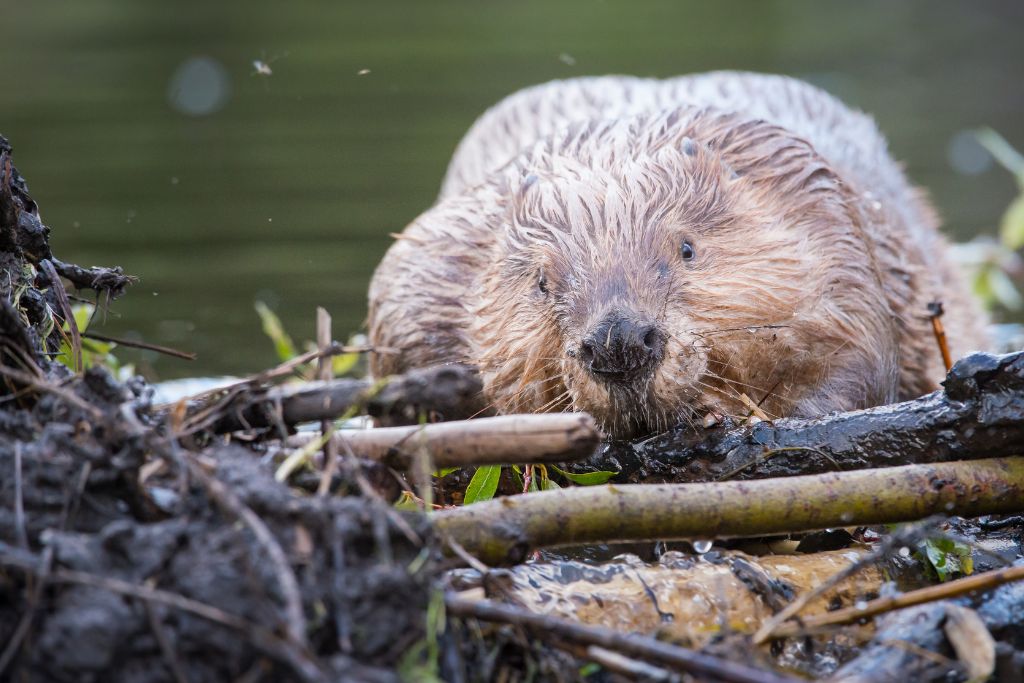
The main goal of this study was to find out if moving beavers away from free-flowing streams works. In particular, the researchers wanted to find out how much beaver complexes affect the temperature of a stream. A linear mixed model BACI analysis was used to determine the degree to which non-beaver-related factors contribute to the temperature effect.
The linear mixed model used a series of serial autocorrelations in time series to identify fixed and random effects. The random effects included a sample year and environmental variables.
Contributions of beavers to minimizing impacts of drought and wildfire
Even though they are destructive, beavers are an important part of adapting to climate change. They build dams that slow stream flow and reduce temperatures in local streams. This helps riparian areas retain groundwater and improve fire resilience. They also help maintain water tables during dry periods.
Beavers create valuable ponds that provide refuge for wildlife. They also help protect biodiversity. Their wetlands store carbon and lower air temperatures. In arid environments, beavers can help to sustain stream flows during hot and dry periods.
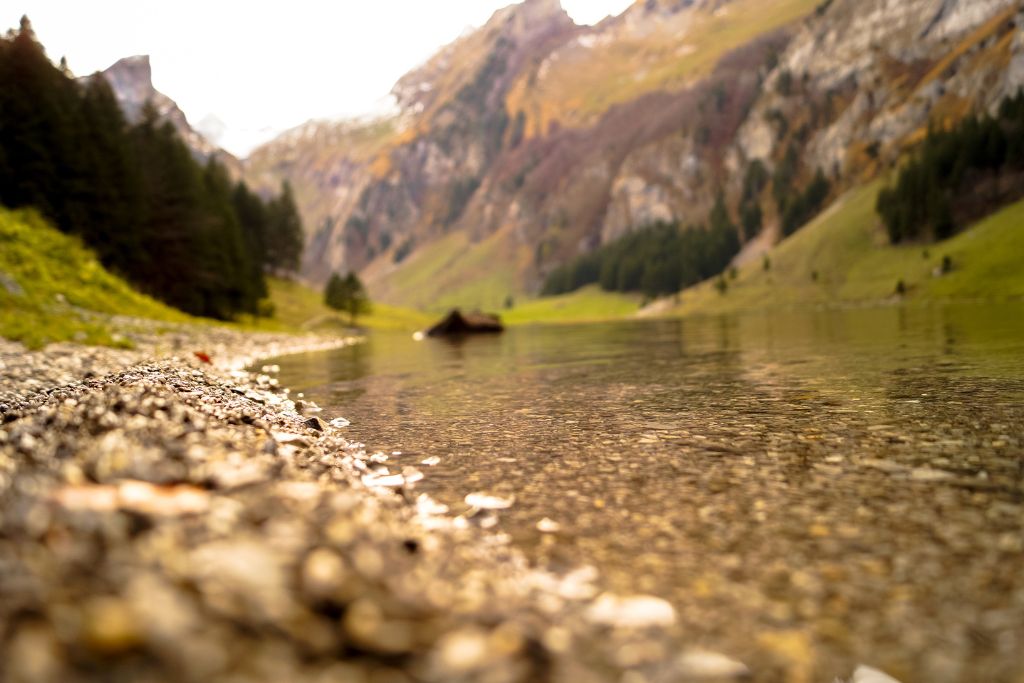
A recent study showed that beaver impoundments could help mitigate the damage of wildfires. In particular, the wetlands created by beavers can provide refuge for wildlife during wildfires.
Stream hydrology
Stream hydrology and how relocated beavers fight climate change are issues for many water users. Beavers build dams, which are natural barriers that keep water in deep underground ponds and allow water to flow back into them. They also raise the water table and help to keep streams cooler.
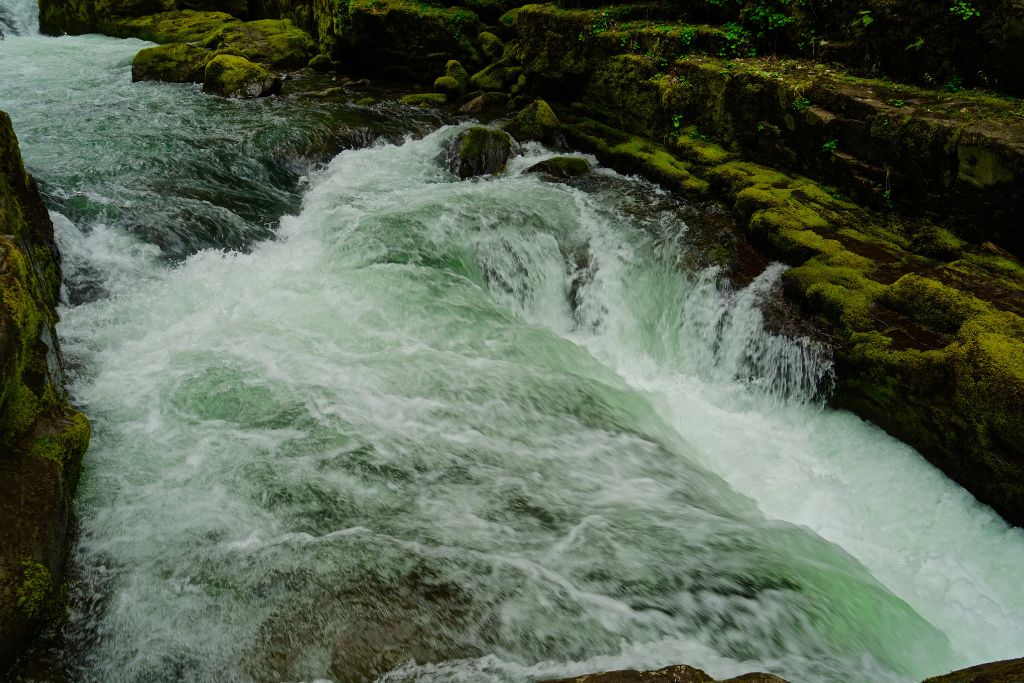
Research has shown that beavers can mitigate the impacts of climate change by building dams to hold back stream water. A new study finds that beaver relocation to a stream basin in northwestern Washington State helped cool the water by 2-4 degrees Celsius. The study also found that the beaver colony suppressed warming trends during heavy precipitation.
Water quality
Using a new study, researchers discovered that relocated beavers can help fight climate change by improving water quality. Specifically, the beavers increase the removal of nitrate from water by nearly 50%. This helps to reduce flooding and also enhances the oxygen-breathing ability of aquatic organisms. In addition, beavers create ponds that store and release water. They keep streams from drying out, which helps to protect wildlife and other freshwater fish.
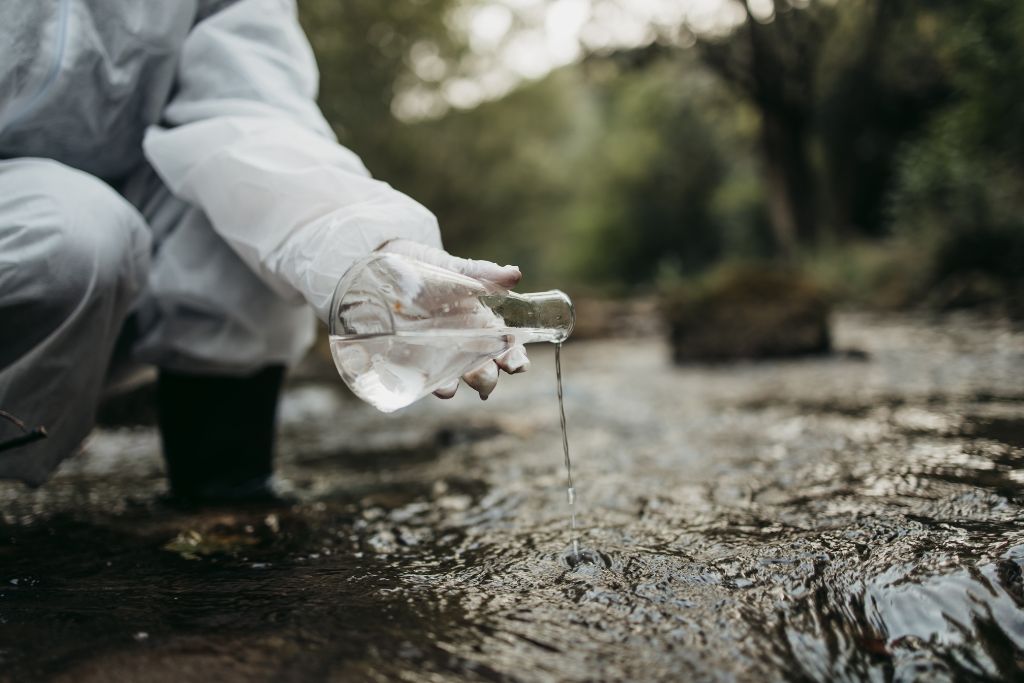
The water temperature dropped by two degrees Celsius the first year after the beavers were moved. The ponds were also larger. A total of fourteen dams were built at five different sites.
Salmonid impairment limits
During the summer of 2014, the Pacific Northwest region experienced several heavy precipitation events. The effects of these events were dramatic. They decreased the ambient temperature and increased streamflow. Beaver relocation, which increases water storage, may be an effective climate adaptation strategy. However, more experimental studies are needed to determine how the hydrologic response to beaver damming changes over time.

Researchers have looked at how the building of beaver ponds affects the temperature of a stream, but the size of the effect varies. The size of the effect can depend on a number of things, such as the size of the pond, where it is, and how the weather is at the site.
Forest structure
One good way to adapt to climate change is to move more beavers to places where they can live well. Beavers make complexes of wetland areas and deepen stream channels. This increases the amount of water in the landscape and improves the way aquatic ecosystems work. Beavers also feed and shelter large mammals, make water stay in one place longer, and improve the health of ecosystems near rivers and streams.
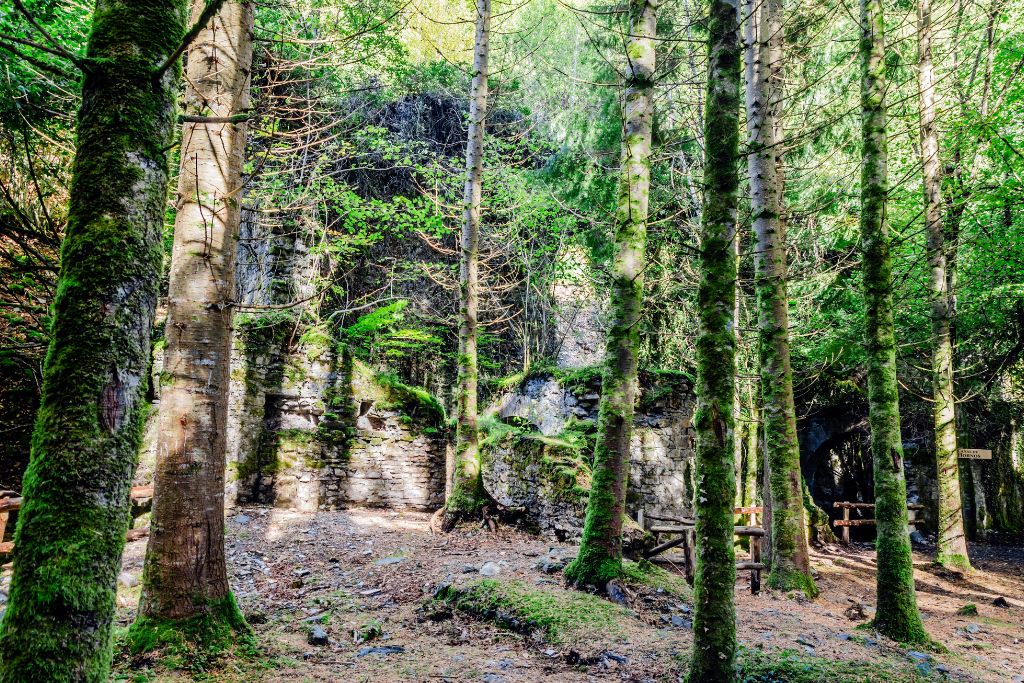
In the West, beavers are often referred to as “ecosystem engineers.” People know that these animals build dams to increase the size of their riparian habitats and fill up the groundwater, which gives them water to drink during droughts. They also have an important role in providing refuge for wildlife during wildfires. Several studies have found that beavers have positive impacts on many species of salmon in the Pacific Northwest.
